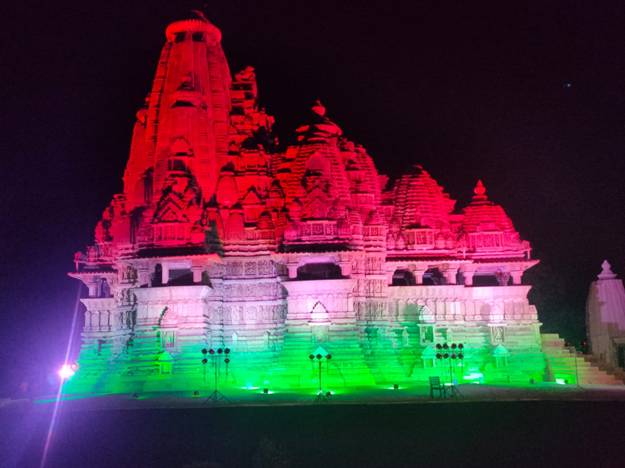Sirpur, A Buddhist Destination Waiting to be Discovered

Laxman temple, Sirpur / Image Source Located on the banks of the Mahanadi River in the state of Chhattisgarh, Sirpur is a Buddhist destination that is still waiting to be discovered. In ancient times Sirpur served as the capital of Dakshin Kosala and was a great centre of Buddhist learning between the 6th and 10th centuries. The Chinese monk and scholar Hieun Tsang is believed to have visited the place in the 7th century AD. According to Hieun Tsang, Sirpur was a home to hundred Buddhist monasteries inhabited by over 10,000 monks from South east Asia professing Mahayana form of Buddhism. Discovery of conch bangles seems to suggest the presence of Buddhist nuns in the viharas. The excavations at the site have unearthed important Buddhist sites and artifacts including 10 Buddhist visharas and a metre-high monolithic statue of Buddha in the "Bhumisparsh mudra", dating back to the 6th century. Another big find is the Buddhist Stupa built by Ashoka. Tradition is that the Budd



.jpg)
.jpg)
